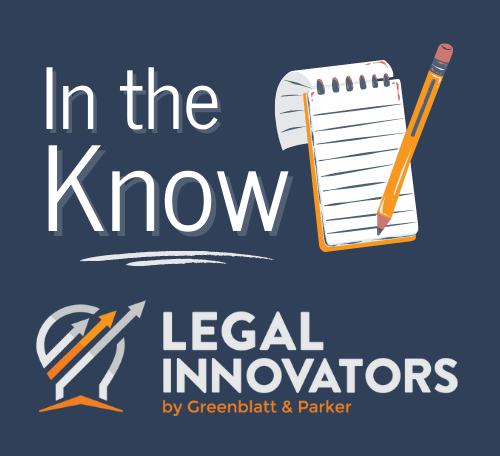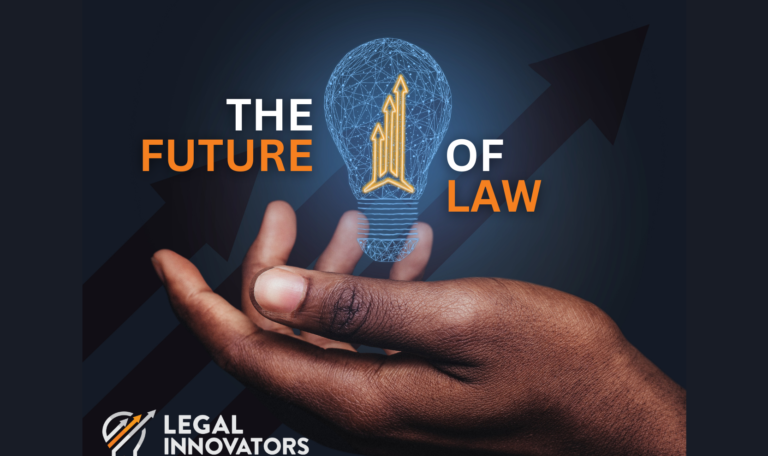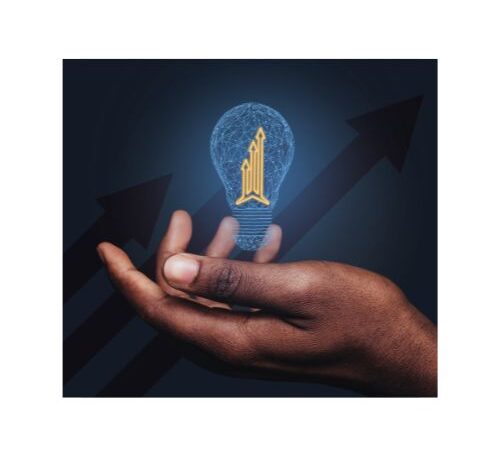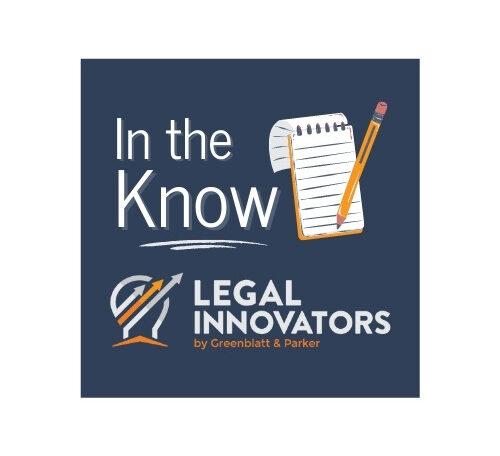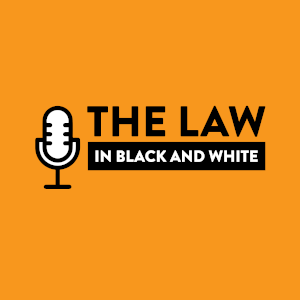By: Justin Hyland
November is Native American Heritage Month. As part of Legal Innovators’ continuing commitment to diversity and inclusion, we want to recognize the ongoing challenges facing Native American and Alaska Native communities in the legal field, as well as highlight the contributions Native individuals have made to the legal industry.
Representation
Native Americans face significant barriers to entering the legal profession. Despite accounting for over 2 percent of the U.S. population,[1]the Law School Admissions Council reports that Native American students accounted for only 0.3 percent of those admitted to U.S. law schools in 2020.[2] A 2015 survey conducted by the National Native American Bar Association reports that while the number of Native American law school enrollees per year has generally risen over the past several decades, “the percentage of Native American enrollees in relation to overall law school enrollees has remained miniscule.”[3] In addition, fewer than 30 law professors, and only one law school dean, identify as American Indian or Alaskan Native.[4] Many Native American attorneys reported that their decision to attend law school was “strongly influenced by personal interaction and the persuasion of family, mentors, lawyers or other professionals.”[5] However, underrepresentation of Native Americans in the legal field can be self-perpetuating if there is minimal exposure to the field in one’s circle or wider Native community.
In response to this issue, several organizations have established pipeline programs in effort to increase Native enrollment in law schools. For example, the Pre-Law Summer Institute for American Indians and Alaska Natives (PLSI), run by the American Indian Law Center, is a two-month summer intensive designed to prepare Native American and Alaska Native individuals for the rigors of law school.[6] The tuition-free program is organized in Albuquerque, New Mexico, and accepts all Native American students who have been admitted to a law school, as well as students whose application is still in review.[7]
In addition, some law schools, such as the Mitchell Hamline School of Law, have begun offering degree certificates, academic concentrations, and legal clinics for students who are Native American or who have an interest in Native American law.[8]
Inclusion
Unfortunately, Native representation in both law schools and the legal industry is only part of a larger problem. Broader inequities facing tribal communities also affect Native law students and lawyers on a micro-scale. For example, unequal access to wireless internet limits Native American students’ ability to participate in online learning platforms and online bar preparation courses.[9] The digital divide has been acutely felt during the COVID-19 pandemic, where many law schools moved to online instruction.[10]
In addition, many of the estimated 2,640 Native American attorneys practicing today will practice for either tribal or federal government, small law firms, or non-profit organizations.[11] Native attorneys remain severely underrepresented in the top law firms, corporations, or the federal or state judiciary.[12] NALP reports that Native Americans or Alaskan Natives accounted for only 0.18 percent of associates and partners in Big Law firms in 2021.[13] Those that do enter Big Law often face unconscious bias, limited mentorship opportunities, and difficulty receiving assignments.[14] According to a recent NBC News article, “almost half of corporations said they give less than 10% of their business to Native Americans attorneys, [while] 41% said they gave them no business at all.”[15] More troubling still, a significant percentage of Native American attorneys reported having experienced exclusion, disrespect, and marginalization in their workplaces.[16] It is imperative that the legal industry, especially Big Law firms, continue to implement, review, and revise diversity and inclusion programs to ensure that Native attorneys are recruited, hired, retained, and promoted within the field.
In the Headlines
On November 9, 2022, the United States Supreme Court heard argument for the case Haaland v. Brackeen. At issue is whether the Indian Child Welfare Act (ICWA), which seeks to place Native American foster children in tribal homes, is constitutional.[17] Central to the decision is whether Native American Tribes are to be considered racial groups or sovereign nations. Should the Court rule that tribal citizenship is based on race, several federal laws meant to protect Native individuals could be at risk.[18]
On May 18, 2022, the United States Senate confirmed Judge Sunshine Suzanne Sykes to the United States District Court for the Central District of California, making her California’s first-ever Native American Judge and only the seventh Native judge appointed to the federal bench.[19] Judge Skyes’ confirmation comes on the heels of Judge Lauren King’s and Judge Lydia Griggsby’s appointment to the federal judiciary in 2021.[20]
Like what we post? Follow us on LinkedIn for more great content!
[1] https://www.cnn.com/2021/08/19/us/census-native-americans-rise-population/index.html
[2] https://www.usnews.com/education/blogs/law-admissions-lowdown/articles/what-native-american-and-indigenous-law-applicants-should-know
[3]https://www.nativeamericanbar.org/wp-content/uploads/2014/01/2015-02-11-final-NNABA_report_pp6.pdf at 20.
[4]https://www.nativeamericanbar.org/wp-content/uploads/2014/01/2015-02-11-final-NNABA_report_pp6.pdf at 18.
[5]https://www.nativeamericanbar.org/wp-content/uploads/2014/01/2015-02-11-final-NNABA_report_pp6.pdf at 18.
[6] https://www.ailc-inc.org/plsi/
[7] https://www.ailc-inc.org/plsi/
[8] https://mitchellhamline.edu/native-american-law-and-sovereignty/
[9]https://jle.aals.org/cgi/viewcontent.cgi?article=1701&context=home at 7.
[10] https://jle.aals.org/cgi/viewcontent.cgi?article=1701&context=home at 7.
[11]https://www.nativeamericanbar.org/wp-content/uploads/2014/01/2015-02-11-final-NNABA_report_pp6.pdf at 45.
[12]https://www.nativeamericanbar.org/wp-content/uploads/2014/01/2015-02-11-final-NNABA_report_pp6.pdf at 45.
[13] https://www.nalp.org/uploads/2021NALPReportonDiversity.pdf
[14]https://indiancountrytoday.com/the-press-pool/native-american-attorneys-named-among-best-in-the-nation.
[15]https://www.nbcnews.com/news/asian-america/asian-native-american-female-lawyers-get-least-amount-big-law-business-rcna50909.
[16]https://www.nativeamericanbar.org/wp-content/uploads/2014/01/2015-02-11-final-NNABA_report_pp6.pdf at 37.
[17]https://www.nytimes.com/2022/11/07/health/native-american-adoption-icwa.html.
[18]https://www.nytimes.com/2022/11/07/health/native-american-adoption-icwa.html.
[19]https://www.huffpost.com/entry/native-american-female-judge-sunshine-suzanne-sykes_n_62850b9ce4b0c7c1077b2c2a.
[20]https://www.huffpost.com/entry/native-american-female-judge-sunshine-suzanne-sykes_n_62850b9ce4b0c7c1077b2c2a.

